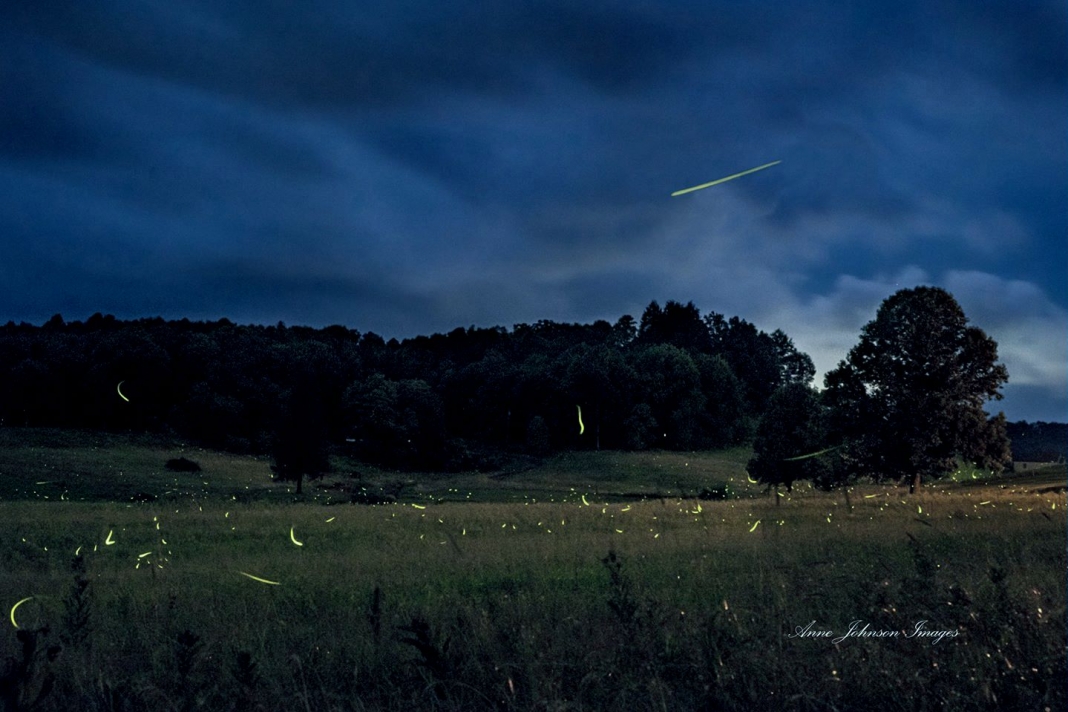While the kind of hemp that's grown in West Virginia does not contain the level of the psychoactive substance present in marijuana, it does contain some—sometimes a trace, sometimes more.
A West Virginia University professor hopes to help farmers and growers better understand why this may be and how to keep levels low, which will allow farmers to profit from the useful crop without triggering federal drug-enforcement agencies.
Michael Gutensohn, an assistant professor of horticulture in the Davis College of Agriculture, Natural Resources, and Design, will be studying what environmental factors lead to an accumulation of tetrahydrocannabinol, or THC, in the plant.
Because THC is a psychoactive compound, the level allowed in harvested and sold hemp is regulated by the U.S. Department of Agriculture. That means growing industrial hemp, which can be used for fiber, oil, and pharmaceuticals can be a financial gamble for growers.
“There is enough evidence out there,” Gutensohn says, "that under certain circumstances even these industrial hemp varieties that should be low in THC accumulate higher amounts than the legal limit.
"Plants going hot—so, over the legal THC limit—is a huge problem for the growers. They can’t sell their crop anymore, so either they have to destroy it or they can wait and hope that it will drop again. Of course, there’s no guarantee.”
Hemp was once classified as an illicit drug, which made it impossible to obtain federal funding for research, and that contributed to a lack of knowledge about this crop.
“It’s actually very surprising how little is known about it,” Gutensohn says.
"Even simple things that we all know about from other crop systems, we don’t know when we talk about industrial hemp.
“There wasn’t much research done before, but now we’ve received funding for such an evolving and emerging crop system and research field.”
The National Institute of Food and Agriculture, a program through the U.S. Department of Agriculture, awarded Gutensohn a $200,000 Agriculture and Food Research Initiative grant to study industrial hemp for two years.
To find out more, Gutensohn is partnering with two former WVU faculty members—Nik Kovinich, assistant professor of systems biology at York University, and Nianqiang Wu, professor of chemical engineering at the University of Massachusetts at Amherst.
Although the environment is known to play a role, evidence has always been purely circumstantial and never scientifically analyzed, Gutensohn says.
“Growers that grow hemp have the same questions, issues, and problems of someone that is growing corn. The research and knowledge that is there is the key difference,” he said.
The research will include hemp that's grown in heat, drought, varying light intensity, too-much and too-little fertilizer—what all crops in a field would be exposed to. In analyzing the environment’s effects on the production of THC and other cannabinoids, the researchers will also look at biochemical and genetic components.
Once the effects of different environments on THC are analyzed, in addition to the crop’s biochemistry, he and his team will attempt to genetically modify the plant.
“We’re going to look at metabolites and consider the underlying genetics,” he explained.
"Whenever you see such a response in a plant, it normally means there’s genetic regulation happening. To ultimately solve this problem, we need to have a better understanding of the genetic regulation.
“Keep in mind this is basic research. We want to understand what leads to this accumulation of certain metabolites. We’ll try to eliminate a gene that is involved in the formation of THC and see if that solves the problem."
The long-term goal of his research is to develop a new crop system—one that can better weather environmental challenges so as not to accumulate THC.
Gutensohn said he’d also like to develop a crop that can produce more of the other non-psychoactive cannabinoids found in hemp, making the crop more profitable for the smaller farms in West Virginia. However, the short-term goal is to help growers with their crops.
“There are farmers and growers out there that are growing or are eager to grow it now, but they have all sorts of questions. That’s the motivation,” Gutensohn said.
“We need to do some research so we can answer some of the questions that the farmers and growers have.”
Sign up to receive a FREE copy of West Virginia Explorer Magazine in your email weekly. Sign me up!


